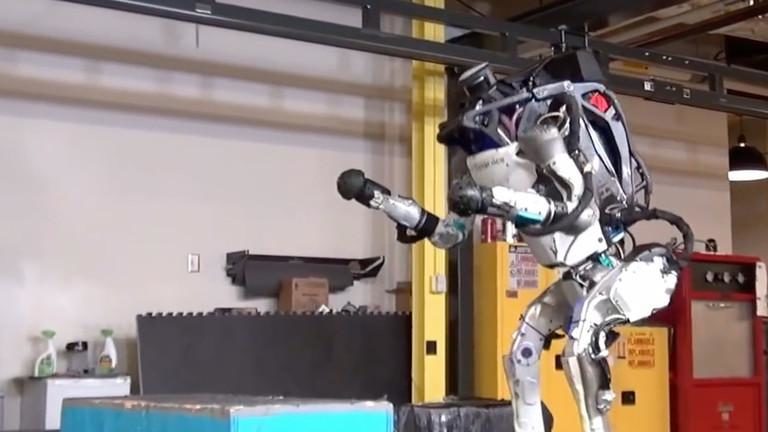OF THE
TIMES
A small body of determined spirits fired by an unquenchable faith in their mission can alter the course of history.
Everyone has a different view of the information/narrative and interesting to see them here. Mine are in the possibilities pile. Belief is the...
Don't worry India. Canada will cover your carbon tax.
These were all derived from primates in Africa, how many times?, and each time wandering to the far reaches of the world until the found suitable...
Québec Farmers are Protesting is Anyone Listening? [Link]
Tangent, but saw this and wanted to post it - [Link] Two lifeforms merge into one organism for first time in a billion years For the first time in...
To submit an article for publication, see our Submission Guidelines
Reader comments do not necessarily reflect the views of the volunteers, editors, and directors of SOTT.net or the Quantum Future Group.
Some icons on this site were created by: Afterglow, Aha-Soft, AntialiasFactory, artdesigner.lv, Artura, DailyOverview, Everaldo, GraphicsFuel, IconFactory, Iconka, IconShock, Icons-Land, i-love-icons, KDE-look.org, Klukeart, mugenb16, Map Icons Collection, PetshopBoxStudio, VisualPharm, wbeiruti, WebIconset
Powered by PikaJS 🐁 and In·Site
Original content © 2002-2024 by Sott.net/Signs of the Times. See: FAIR USE NOTICE

Reader Comments
to our Newsletter